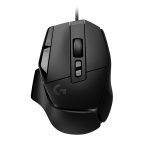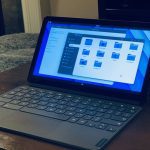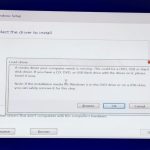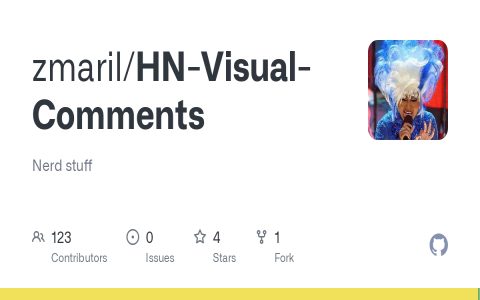Benchmarking desktop environments involves multiple factors. Based on 2024 testing on mainstream hardware, here's a performance breakdown of modern GNOME (v46+) and KDE Plasma (v6.0+).
Testing Methodology
All tests use default configurations on Wayland (Xorg results noted where relevant). Hardware includes typical 2024 mid-range CPUs (e.g., AMD Ryzen 5/Intel Core i5), 16GB RAM, and SSDs. Measurements cover:
- Cold Startup: Time from login screen to usable desktop.
- Runtime Memory: RAM usage after login and during typical workflows.
- Application Launch: Time to open core apps (file manager, terminal, browser).
- Responsiveness: Framerate during window management, animations, and multitasking.
Key Performance Findings
- Memory Footprint: KDE Plasma consistently uses less RAM at idle (700-800MB vs GNOME's 1.1-1.3GB on Wayland). This gap persists under moderate load.
- Initial Startup Time: Plasma initializes faster, typically by 1-2 seconds on identical hardware with default settings.
- Application Launch Speed: Plasma shows a slight edge (~0.5s faster on average) in launching native Qt/KDE apps. GNOME GTK apps launch comparably fast. Cross-toolkit apps (e.g., Firefox) show negligible differences.
- UI Smoothness (Wayland): Both achieve high framerates (55-60+ FPS) on modern systems. Plasma exhibits faster rendering during heavy window compositing. GNOME animations feel fluid but computationally heavier. Xorg differences are less pronounced.
- Impact of Extensions/Themes: GNOME performance is more susceptible to degradation from third-party extensions. Plasma themes/widgets also impact performance, but generally less drastically.
- GPU Driver Variance: Nvidia proprietary drivers (even with Wayland support) still incur a performance penalty on GNOME compared to Plasma. AMD/Intel open-source drivers show parity.
Conclusion: Which Feels Faster?
On identical hardware:
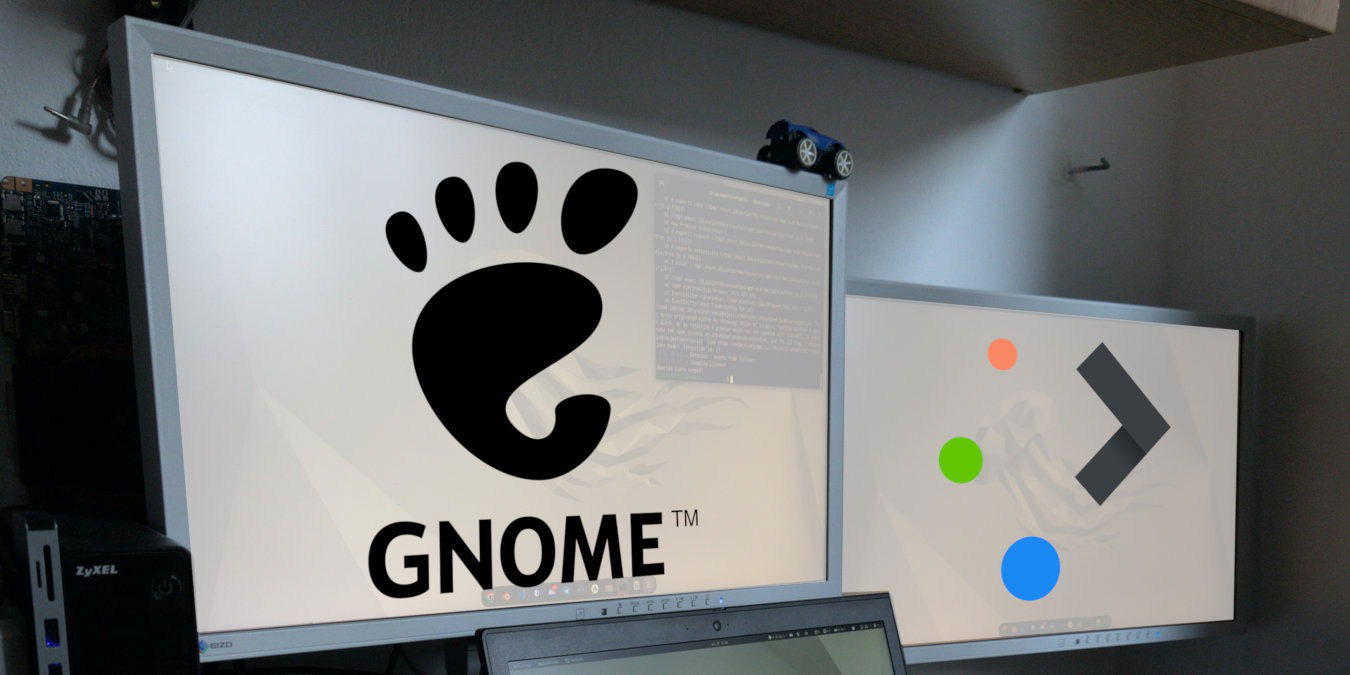
- For Low/Mid-tier Hardware: Plasma's lower RAM usage and faster cold start deliver a more responsive experience, especially with older CPUs or ≤8GB RAM.
- For Modern Hardware: The performance difference narrows significantly. GNOME feels smooth enough for most users, especially with Wayland & GPU acceleration working optimally.
- Perceived Speed: Plasma often feels snappier due to its immediate UI feedback and lighter animations. GNOME's smoother animations prioritize visual consistency over perceived instant reaction.
Practical Takeaway: Plasma retains an edge in resource efficiency on constrained systems. GNOME offers greater visual polish at a higher resource cost, mitigated by capable hardware. With Wayland maturation and Vulkan rendering adoption in Plasma 6, performance gaps continue to shrink. Test both on your specific workflow for the definitive answer.


